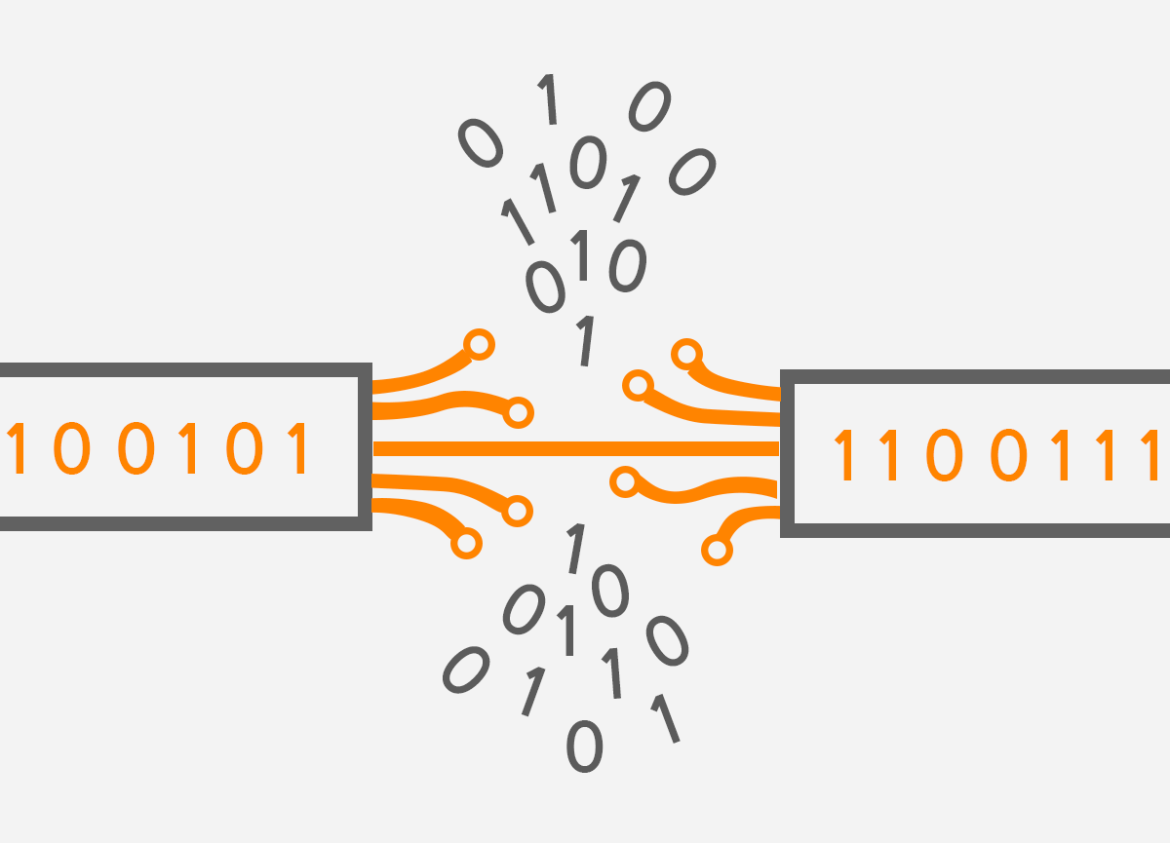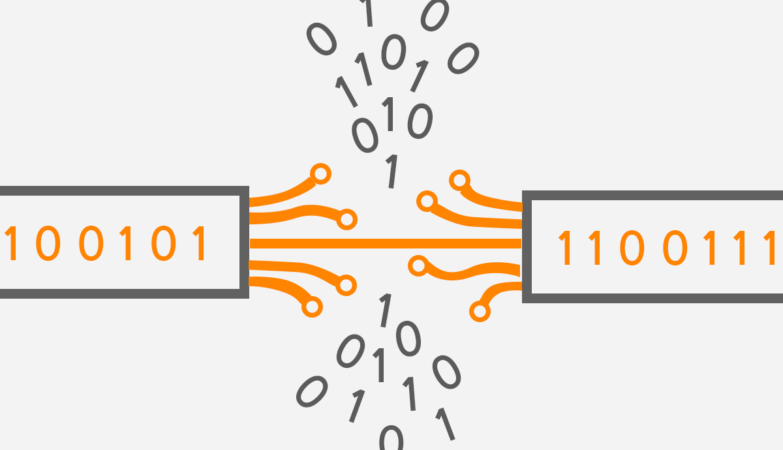Network performance is crucial for smooth and efficient communication, whether it’s for business operations, online gaming, or simply browsing the web. Two common network performance issues that users encounter are network latency and high packet loss. While they can both affect the quality of your network connection, they are distinct problems with different causes and consequences.
So, what are the differences between network latency and high packet loss.
What is Network Latency?
Network latency refers to the delay or lag in data transmission between two points on a network. It is the time it takes for a data packet to travel from the source (sender) to the destination (receiver) and back. Latency is typically measured in milliseconds (ms) and is a critical factor in determining the responsiveness of a network.
Causes of Network Latency
Distance: Data packets must traverse network infrastructure, such as routers and switches, which adds to the travel time. The more the distance, the more latency issues.
Network Congestion: When a network is congested, meaning it is handling more data traffic than it can efficiently process, latency can increase. Congestion can occur during peak usage times or in scenarios where network resources are shared.
Routing: The path a data packet takes through the network can affect latency. Inefficient or lengthy routing can lead to increased delay.
Propagation Delay: The speed of light in optical fibres imposes a fundamental limit on latency. Data packets cannot travel faster than the speed of light, so longer distances inherently result in higher latency.
Impact of Network Latency
Slower Response Times: High latency can lead to delayed responses in real-time applications like video conferencing, online gaming, and VoIP calls. Users may experience lag or a noticeable delay when interacting with these applications.
Reduced User Experience: Web pages may load more slowly, and online video streaming can be interrupted by buffering if latency is too high.
Inefficient Data Transfer: Latency can affect the efficiency of data transfers, especially for large files. It can make downloads and uploads take longer than expected.
High Packet Loss: Packet loss occurs when data packets traveling across a network fail to reach their intended destination. High packet loss refers to a significant percentage of data packets being lost during transmission. This phenomenon can lead to disruptions in data flow and degraded network performance.
Causes of High Packet Loss
Network Congestion: As with latency, network congestion can contribute to packet loss. When network resources are overwhelmed, routers may drop packets to alleviate congestion.
Network Errors: Physical issues with network infrastructure, such as faulty cables, malfunctioning routers, or damaged switches, can result in packet loss.
Jitter: Variability in packet arrival times, known as jitter, can lead to packet loss. If packets arrive out of order or too late, they may be discarded.
Buffer Overflows: Routers and switches use buffers to temporarily store and forward packets. If these buffers become overwhelmed, they may start dropping packets.
Impact of High Packet Loss
Data Corruption: Packet loss can lead to data corruption and errors in transmitted files or information. In some cases, it may require retransmission of lost data, further delaying network activities.
Interrupted Connections: In real-time applications, such as online gaming or video conferencing, high packet loss can result in choppy or disconnected connections.
Reduced Throughput: Packet loss can reduce the overall throughput of a network connection, affecting the speed and reliability of data transfers.
Distinguishing Between Latency and Packet Loss
- While both latency and packet loss can impact network performance, they have distinct characteristics that can help you identify which issue you are experiencing:
- Latency is characterised by delays in data transmission, resulting in slower response times. Users may perceive a lag in real-time interactions, such as video calls or online gaming.
- Packet loss involves the disappearance of data packets during transmission. This can manifest as missing or corrupted data and may lead to interrupted connections or poor data integrity.
Understanding the differences between latency and packet loss can help diagnose and address network problems effectively, ensuring a smoother and more reliable network experience.








